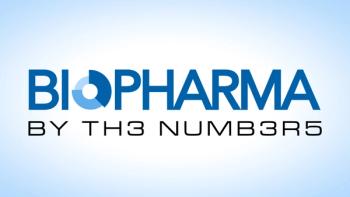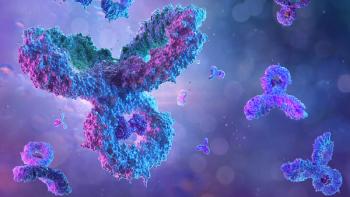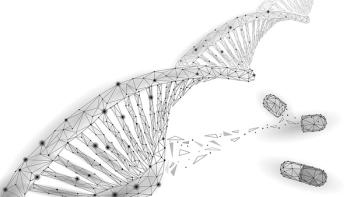
FDA Guidance on Control of DNA Reactive (Mutagenic) Impurities in Pharmaceuticals
The guidance document outlines recommendations to limit potential carcinogenic risk.
FDA announced a final guidance for industry on July 25, 2023, titled M7(R2) Assessment and Control of DNA Reactive (Mutagenic) Impurities in Pharmaceuticals to Limit Potential Carcinogenic Risk (M7(R2) Guidance). Two additional documents, M7(R2) Addendum: Application of the Principles of the ICH M7 Guidance to Calculation of Compound-Specific Acceptable Intakes and M7(R2) Assessment and Control of DNA Reactive (Mutagenic) Impurities in Pharmaceuticals to Limit Potential Carcinogenic Risk, Questions and Answers, were also released.
The M7 (R2) guidance emphasizes the importance of safety and risk management in creating levels of mutagenic impurities that are anticipated to not pose significant carcinogenic risk. It outlines recommendations for assessment and control of mutagenic impurities that live in (or are anticipated to live in) final drug substance or product, with consideration for the planned conditions of human use.
The guidance highlights considerations for marketed products, including post-approval changes to the drug substance chemistry, manufacturing, and controls, and changes to the clinical use of marketed products. It also contains a drug substance and drug product impurity assessment, touching on synthetic impurities, degradation products, and considerations for clinical development. Then it goes over hazard assessment elements and risk characterization, with sections for threshold of toxicological concern (TTC)-based acceptable intakes and acceptable intakes based on compound-specific risk assessments, less-than-lifetime (LTL) exposure, and multiple mutagenic impurities. Finally, the document outlines control of process-related impurities and degradation products, lifecycle management, and considerations for control approaches, periodic testing, and clinical development.
FDA stated, “This document is intended to provide guidance for new drug substances and new drug products during their clinical development and subsequent applications for marketing.” The focus of the guidance is on DNA-reactive substances that could cause direct DNA damage when present at low levels, which could lead to mutations and potentially cause cancer. The agency clarified that assessment is not intended for these drug substances and drug products: biological/biotechnological, peptide, oligonucleotide, radiopharmaceutical, fermentation products, herbal products, and crude products of animal or plant origin. It is also not intended to be used with certain advanced cancer indications, excipients used in existing marketed products, perfumes, colorants, or flavoring agents. A more detailed description of applications for this guidance can be found under section II: Scope of Guidance.
Source:
Newsletter
Stay at the forefront of biopharmaceutical innovation—subscribe to BioPharm International for expert insights on drug development, manufacturing, compliance, and more.





